
Our Vision and Spirit
Te Matawhānui me te Wairua
At St Andrew’s College we talk a lot about the spirit of St Andrew’s – that ‘special something’ – the extraordinary energy, humour and collegiality, the lone kilted bagpiper, the irresistible draw for our Old Collegians, and much more. St Andrew’s College holds a special place in the hearts and minds of generations of South Islanders. Mention our name, and a story about a family member or friend with a close connection to the school is sure to be told.
Embracing tradition, inspiring excellence
We are committed to providing a world-class learning environment which values innovation and creativity alongside tradition and knowledge. Positioned as a school that builds on the best aspects of the past to guide the future, we are committed to the pursuit of high performance, personal excellence, and clearly defined values. This empowers our students to complete their education with success, confidence, self-awareness, compassion, and a commitment to global responsibility.

Our vision for every student
To be at the leading edge of high performance educational practice, in a community which values caring for others, tradition, and creativity, in order to provide young people with the roots and wings to flourish in an ever-changing world.
Our values
We secure our future by inspiring trust and confidence through living our values and demonstrating our commitment to continuous improvement.

Truth | Pono
We seek knowledge and act with integrity

Excellence | Kairangi
We strive for our best

Faith | Whakapono
We step forward in confidence

Creativity | Auahatanga
We dare to imagine and make a difference

Inclusivity | Kanorau
We value diversity and embrace difference so we all belong
Our Strategic Priorities
1
High Performance
We constantly seek to challenge, extend and develop our holistic educational practice as individuals and as a professional community.
2
Opportunity
We create and sustain an extensive range of diverse opportunities that inspire, engage, build confidence and lead to personal growth.
3
Partnership and Social Responsibility
We seek out external partnerships, aiming to connect, learn from, and contribute to them, enriching the St Andrew’s educational experience.
4
Celebration and Community
We celebrate our faith, traditions, achievements and individual strengths that bind us together as a caring community and connect us to our past, our present and our future.
5
Well-being
We adopt a proactive, evidence-based approach that allows us to promote and support the well-being, safety and welfare of young people, staff and community.
6
Place and Space
We provide exceptional and flexible learning environments that inspire and support young people and staff, enabling us to realise our vision as a future-focused school.
Our Cultural Narrative
The historical relationship between all the places associated with St Andrew’s and the mana whenua, Ngāi Tahu, are also important and are currently being captured in our first Cultural Narrative. This document will bring the two narratives of our history together, using the metaphor of weaving – the warp and the weft, the tartan and the kākahu.
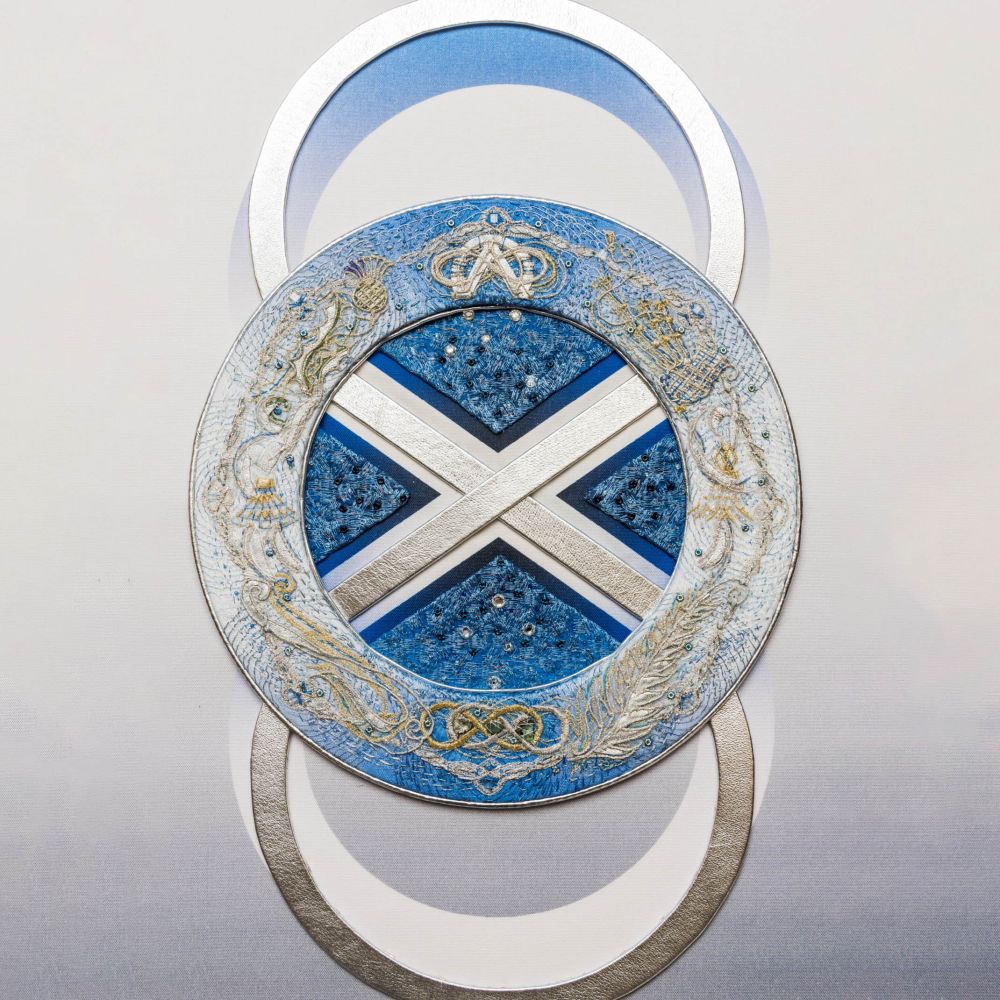
Te Ao Māori
Exploration of New Zealand’s history, Te Tiriti o Waitangi, and our national journey as Treaty partners is an important part of our culture. We are committed to acknowledging the Treaty principles, our nation’s bicultural foundations, and enabling our students to acquire knowledge of Te Reo Māori and Tikanga Māori.
Today, Te Tiriti o Waitangi is enacted at St Andrew’s College through partnership, protection and participation, through our curriculum, co-curricular programme, and connections with our wider community and whānau.
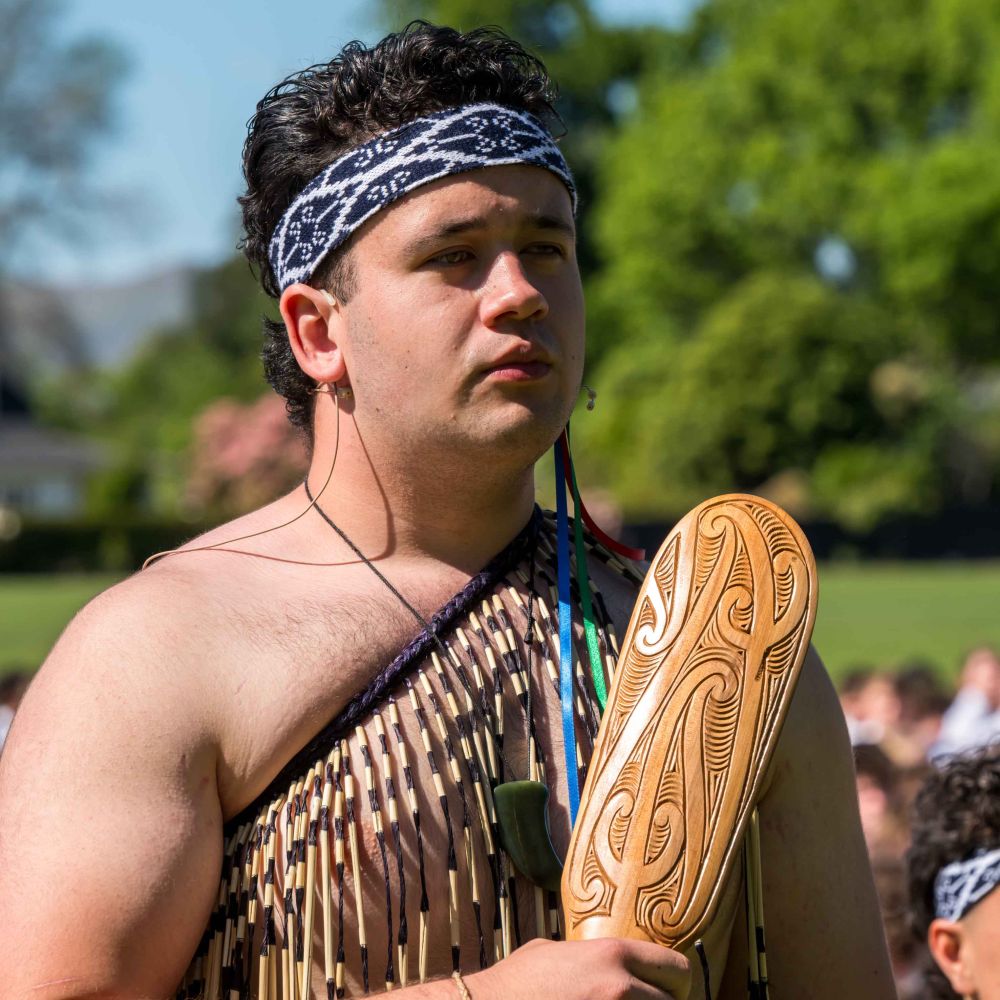
Our Scottish Heritage
Scottish traditions remain at the heart of St Andrew’s, with the skirl of the pipes, twirl of the Highland dancers, the Ferguson tartan, St Andrew’s cross and Scottish thistle intrinsically woven into the fabric of College life.

Our Statement of Faith
St Andrew’s College is a Christ-centred Presbyterian Church School. We embrace a rich heritage of historic Christian faith with roots in the Free Church Presbyterian tradition and as part of the wider Presbyterian Church of Aotearoa New Zealand (PCANZ).
We believe education must be holistic and embrace the spiritual and emotional well-being of students, as well as their academic and social growth, and development in sport and the arts.
Overarching values of Faith, Truth, Excellence, Creativity and Inclusivity promote Developing Positive Relationship Values (DPR values) which include Hope, Respect, Responsibility, Honesty, Generosity and Compassion. These are taught, expressed, and role-modelled within the school community. We want students to leave the College open minded, free thinking, and consider views that they may not have considered before.
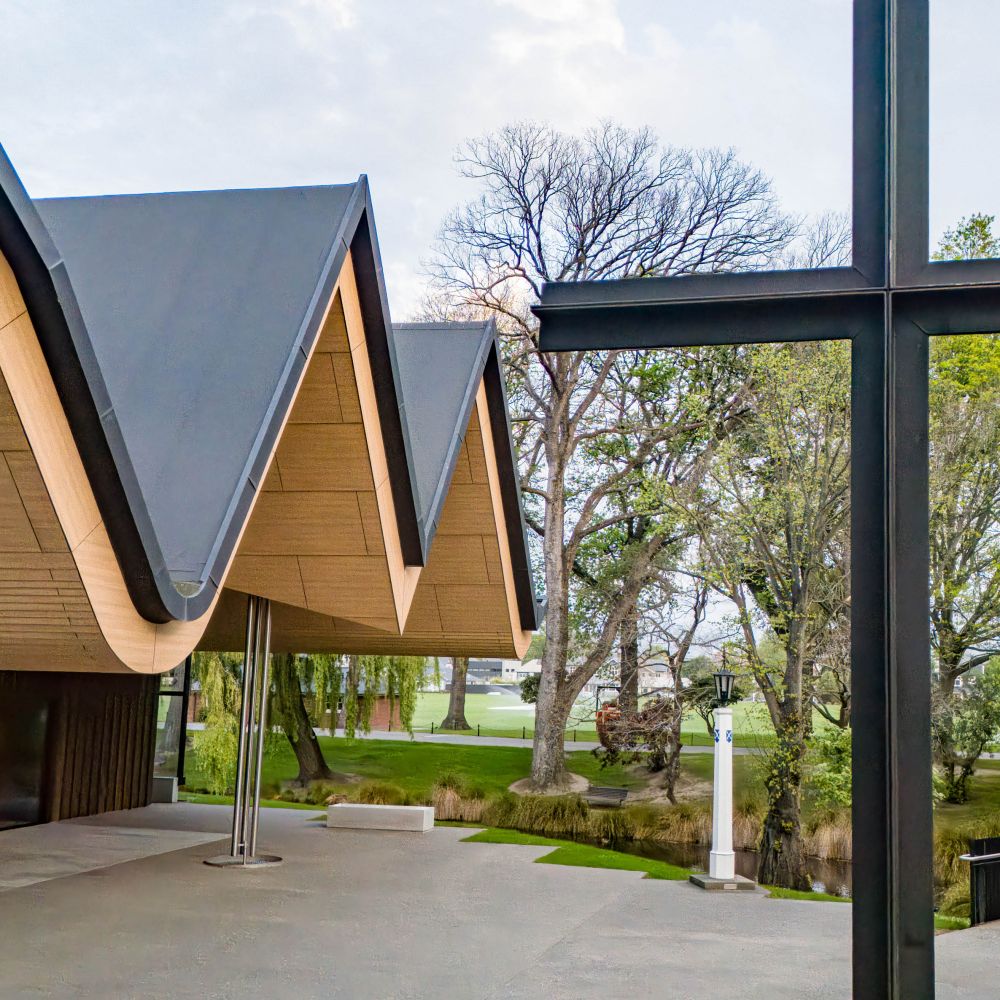
Rev. Paul Morrow | College Chaplain
In this short video, College Chaplain, Rev. Paul Morrow, discusses how the College’s Presbyterian Christian heritage, our values of truth, faith, excellence, inclusivity and creativity, our pastoral care and our community service opportunities, all support our students to develop an understanding and care for their community, and the greater world around them.
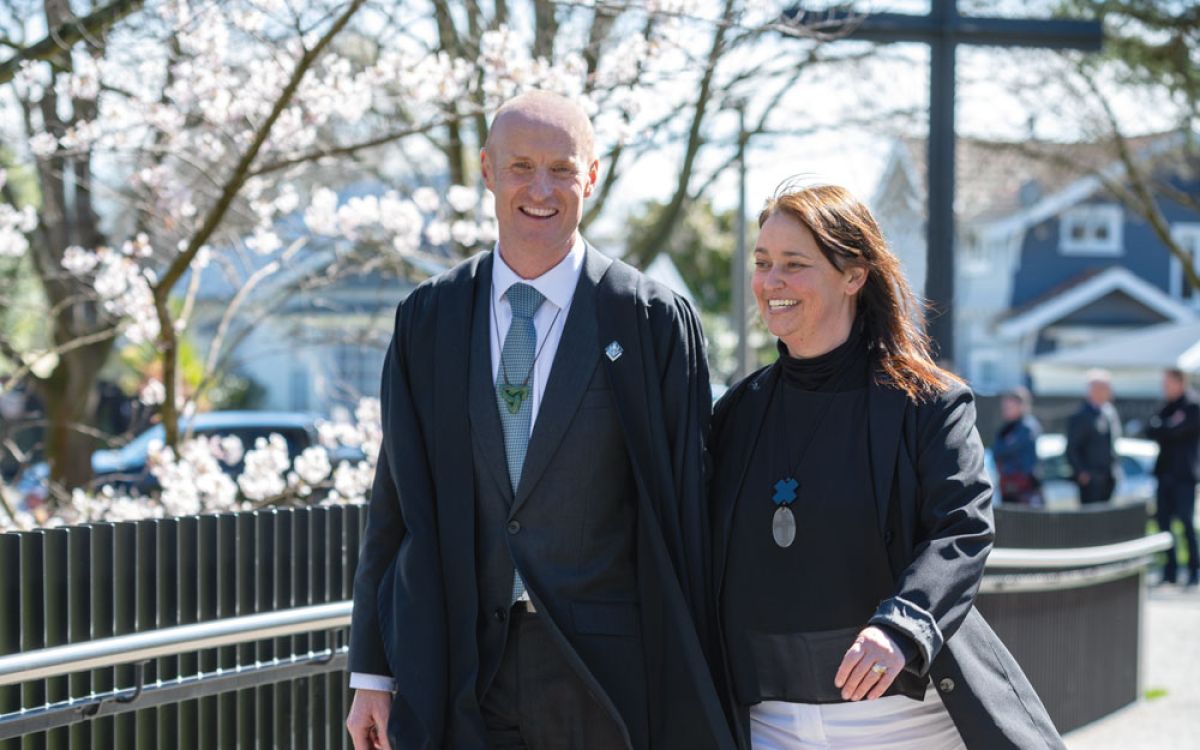
Our House system
The House system at St Andrew’s is an integral part of school life, reflecting the College’s core values. We have four Houses, which are named after the College’s founding figures and main benefactors: Erwin, MacGibbon, Rutherford and Thompson.
The House system helps students to develop a sense of identity and pride in their House, as they engage in friendly, positive competition against the other three Houses. Houses compete against each other in a range of sports and activities throughout the year, including touch, swimming, haka, athletic sports, cross country, Highland Games, chess, debating, volleyball, basketball and singing, to name a few. Points are awarded at each competition with the Houses competing fiercely for the coveted House Cup, which is awarded at our annual Prizegiving.
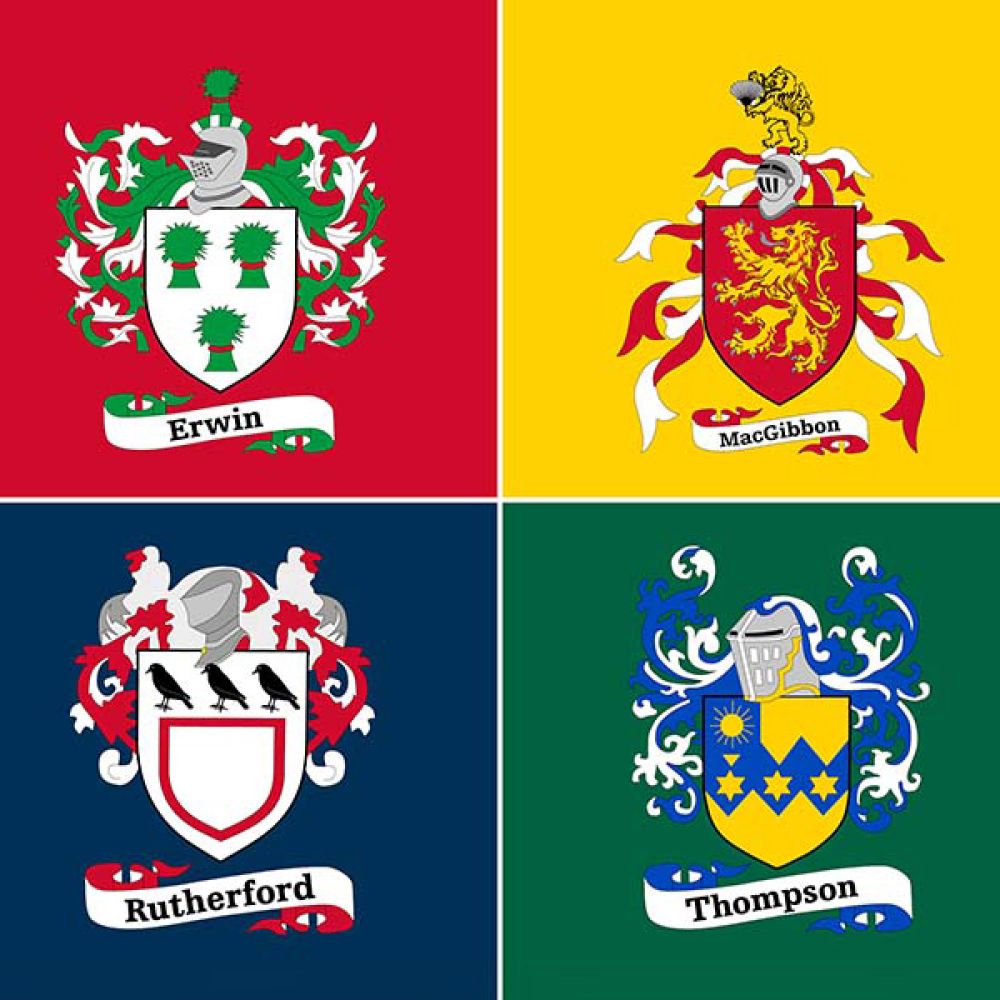
Our Whakataukī
He waka eke noa
We are all in this together
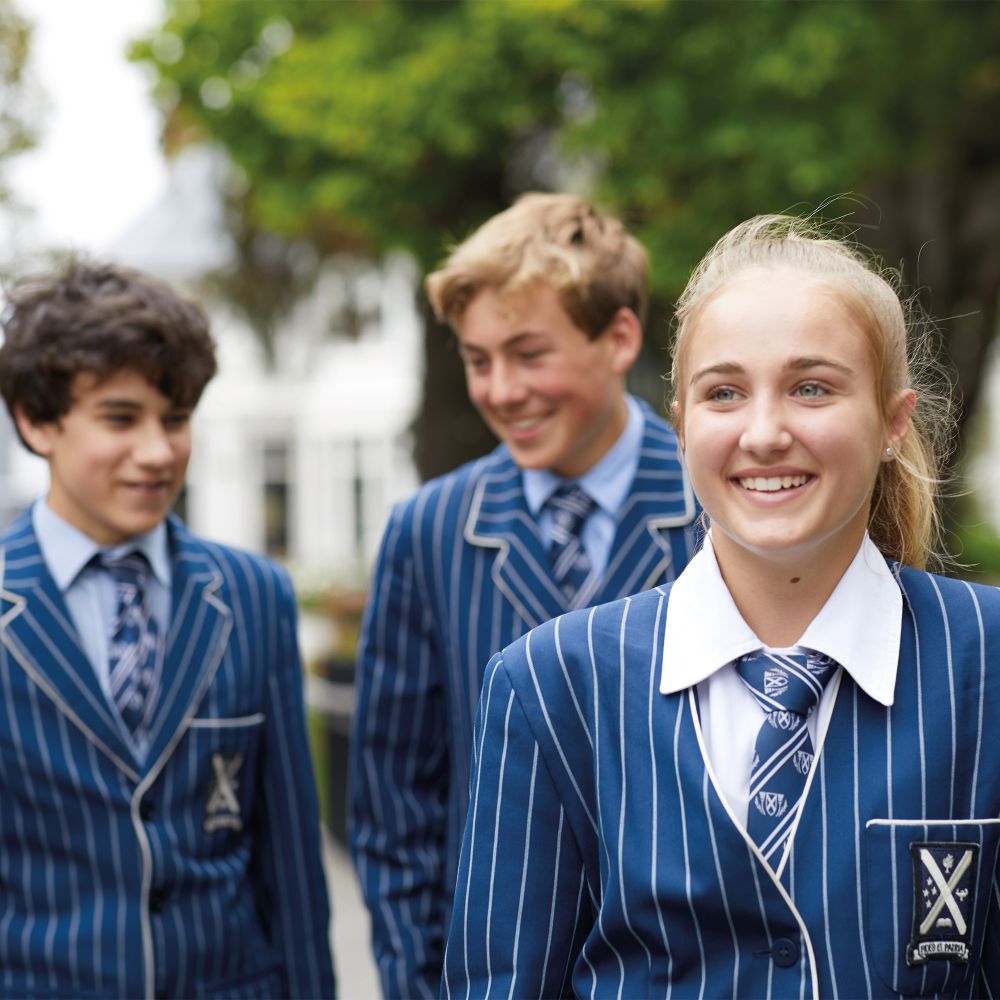
Life is Co-ed
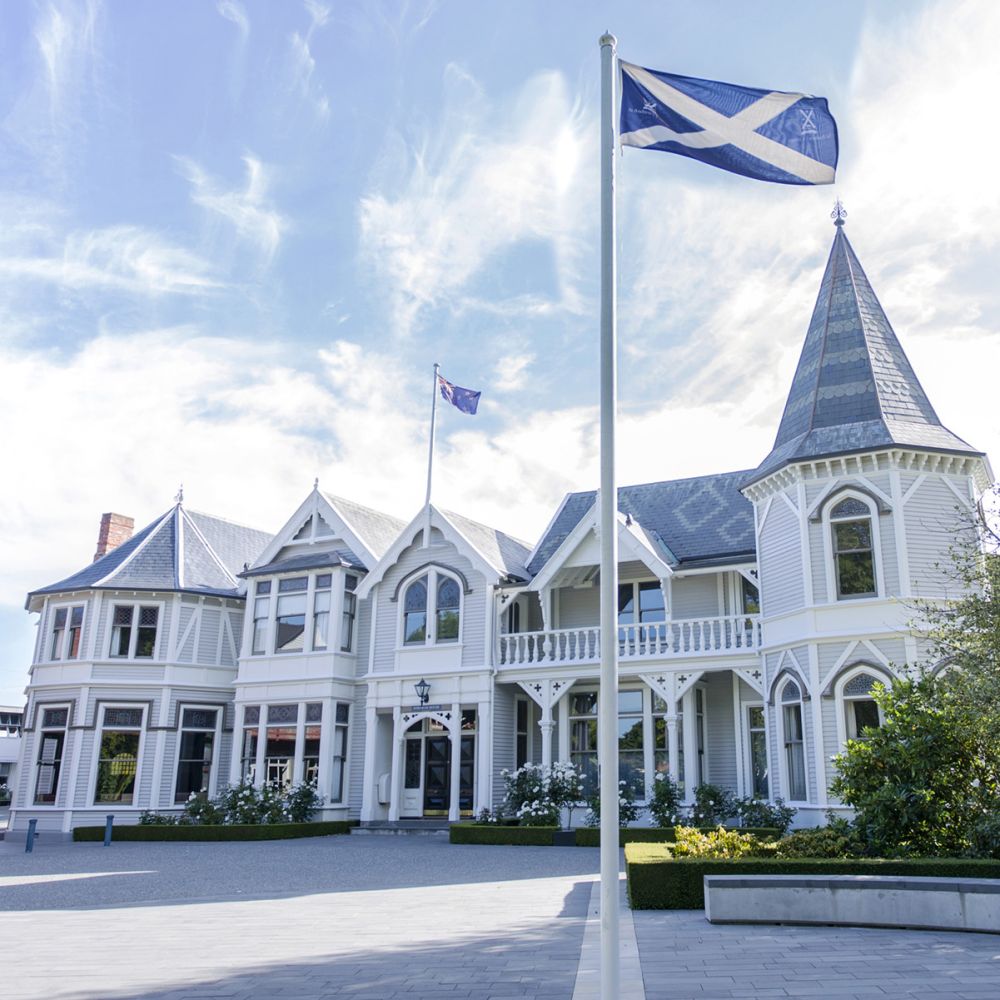
Our Campus
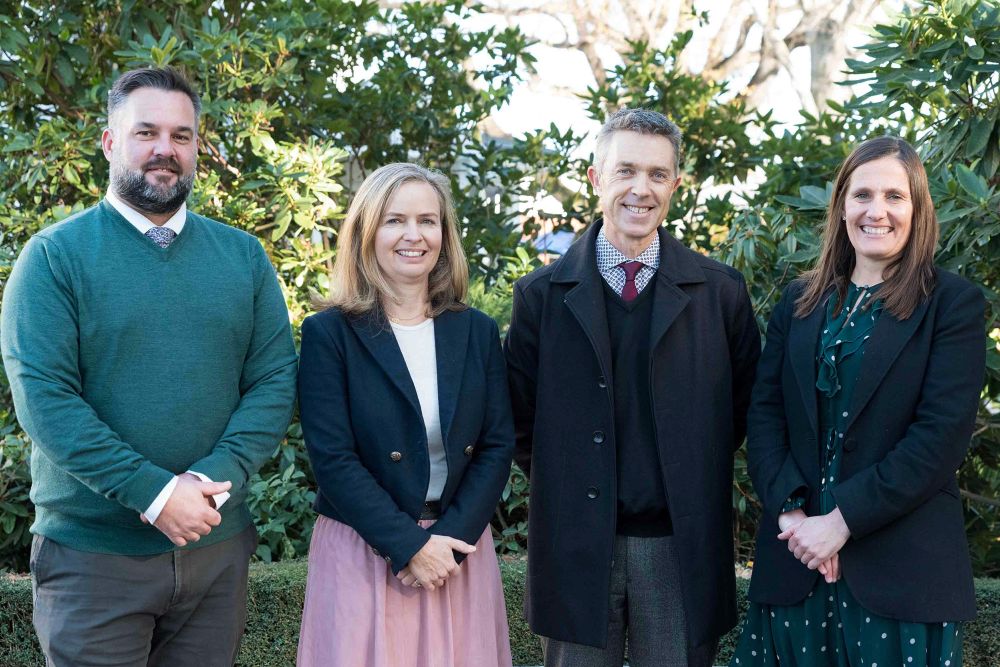
Our People
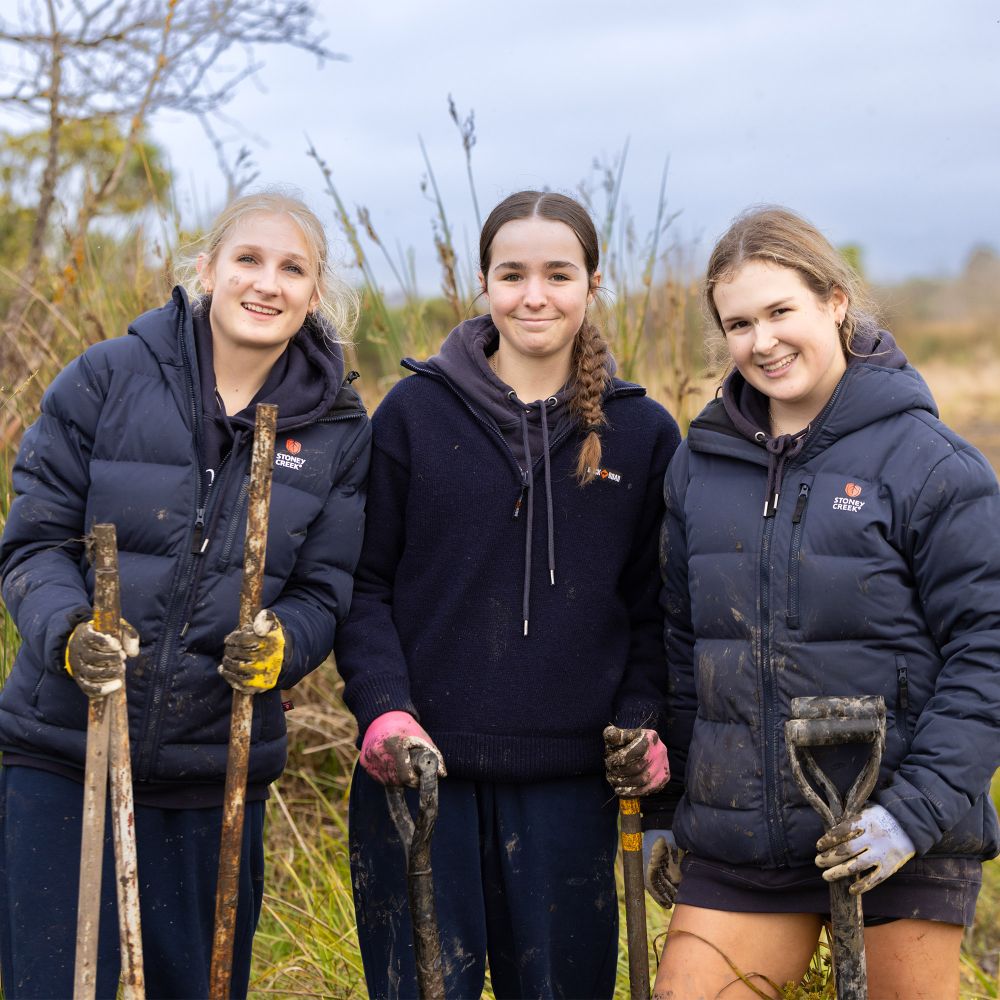
Our Partnerships and Social Responsibility